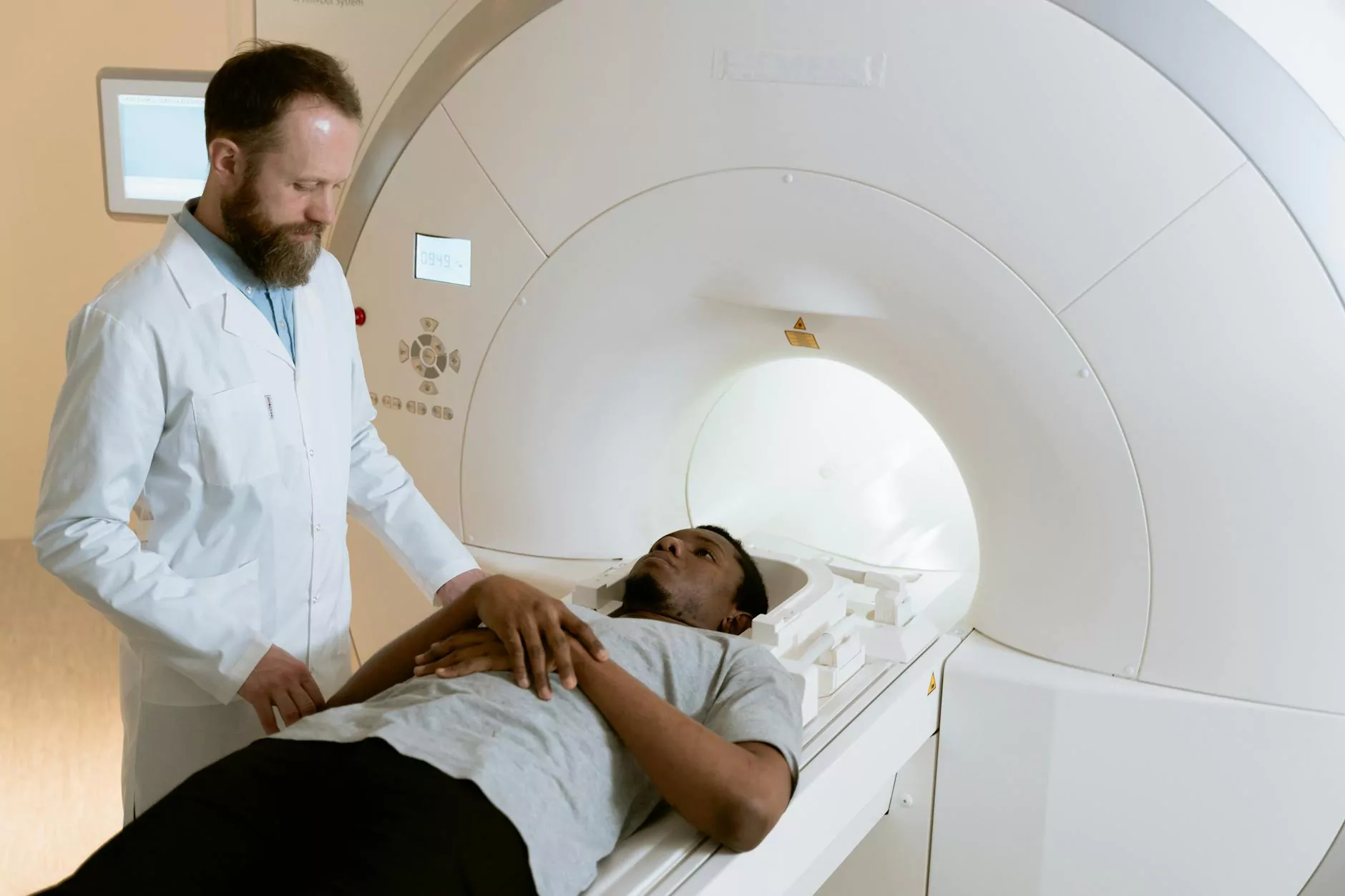The Comprehensive Guide to Fibroid Procedures

Fibroids are non-cancerous tumors that grow in or on the uterus and are quite common among women of reproductive age. As they can cause a variety of symptoms, including heavy menstrual bleeding, pelvic pain, and reproductive issues, many seek a fibroid procedure as a solution. In this guide, we will explore everything you need to know about fibroid procedures, including options, benefits, and what to expect during the process.
Understanding Uterine Fibroids
Before delving into fibroid procedures, it's essential to understand what uterine fibroids are and how they can impact a woman's health. These growths are made primarily of muscle cells and fibrous connective tissue. Some key points to consider about uterine fibroids are:
- Types of Fibroids: Fibroids can be classified into submucosal, intramural, and subserosal types based on their location within the uterus.
- Symptoms: While many women experience no symptoms, fibroids can lead to issues such as heavy menstrual bleeding, severe cramping, frequent urination, and complications in pregnancy.
- Diagnosis: Fibroids can be diagnosed through a pelvic exam, ultrasound, MRI, or hysteroscopy, helping to inform the appropriate fibroid procedure.
Treatment Options for Uterine Fibroids
Women diagnosed with uterine fibroids often want to explore treatment options. Not all fibroids require intervention; however, when treatment is necessary, a variety of fibroid procedures may be considered:
1. Medications
Medications such as hormone therapy can help manage symptoms. These might include:
- Birth Control Pills: Can regulate menstrual cycles and reduce bleeding.
- Gonadotropin-Releasing Hormone (GnRH) Agonists: These can shrink fibroids and reduce symptoms but are usually a temporary solution.
- Anti-inflammatory Drugs: To help alleviate pain and discomfort associated with fibroids.
2. Non-Invasive Procedures
Minimally invasive options are gaining popularity. These include:
- Uterine Artery Embolization (UAE): This procedure cuts off blood supply to the fibroids, causing them to shrink.
- Magnetic Resonance Imaging (MRI) Guided Focused Ultrasound: This non-invasive option uses ultrasound waves to destroy fibroids.
- Myolysis: Involves using heat or cold to destroy fibroid tissue.
3. Surgical Options
In cases where fibroids are severe or do not respond to other treatments, surgical options may be necessary:
- Myomectomy: This is the surgical removal of fibroids while preserving the uterus and is often recommended for women wishing to retain their fertility.
- Hysterectomy: The most definitive solution, this procedure involves removing the uterus entirely and may be considered for women who no longer wish to have children.
Choosing the Right Fibroid Procedure
Selecting the appropriate fibroid procedure can be a daunting task. It's crucial to consider the following factors:
- Severity of Symptoms: The intensity and frequency of your symptoms can guide your treatment decision.
- Desire for Future Fertility: If maintaining fertility is important, less invasive options or a myomectomy may be preferred.
- Health Conditions: Your overall health and any pre-existing conditions may affect your options.
Consultation and Preparation for a Fibroid Procedure
Before undergoing any fibroid procedure, a thorough consultation with a healthcare professional is essential. Here’s what to expect:
What to Discuss with Your Doctor
During your consultation, make sure to cover the following:
- Your Symptoms: Provide a detailed account of your symptoms and how they affect your daily life.
- Your Medical History: Share any relevant medical history and current medications.
- Questions About Procedures: Don’t hesitate to ask your doctor about the various options, expected outcomes, and potential risks associated with each procedure.
Preparing for Your Procedure
Preparation depends on the selected procedure. General preparations for a fibroid procedure may include:
- Medical Tests: Additional tests may be required to assess the size and position of fibroids.
- Pre-operative Instructions: Follow your doctor’s instructions which may involve fasting or adjusting medications.
- Support System: Arrange for someone to accompany you to the procedure and assist during recovery.
Recovery After a Fibroid Procedure
Recovery after a fibroid procedure varies based on the type of intervention. Here are some common elements of recovery you might expect:
After Non-Invasive Procedures
These typically have a shorter recovery period, allowing many women to return to daily activities within a few days. However, monitoring for symptoms like fever or severe pain is essential.
After Surgical Procedures
Recovery may take several weeks with surgical options. Key recovery tips include:
- Rest and Relaxation: Prioritize rest to facilitate healing.
- Follow-Up Appointments: Attend all scheduled appointments to monitor healing progress.
- Recognizing Complications: Be aware of signs that might indicate complications, such as excessive bleeding or infection.
The Importance of Follow-Up Care
Regular follow-up care is vital after any fibroid procedure. Doctors will generally schedule follow-up visits to assess recovery and check for any recurrence of fibroids.
Benefits of Follow-Up Care
- Monitoring Recovery: Ensuring that your body is healing properly and that you’re not experiencing adverse effects.
- Addressing Concerns: Providing a platform to discuss any ongoing symptoms or new concerns.
- Preventive Measures: Planning for any future interventions if necessary.
Conclusion
Fibroid procedures offer hope and relief to many women suffering from the complications of uterine fibroids. Understanding your symptoms, treatment options, and the recovery process is vital when making informed decisions regarding your health. With the right support and medical guidance, you can manage your fibroids effectively and improve your quality of life.
If you need more information about fibroid procedures, do not hesitate to contact a healthcare provider or visit drseckin.com for expert advice tailored to your needs.
© 2023 Health and Medical Insights. All Rights Reserved.









